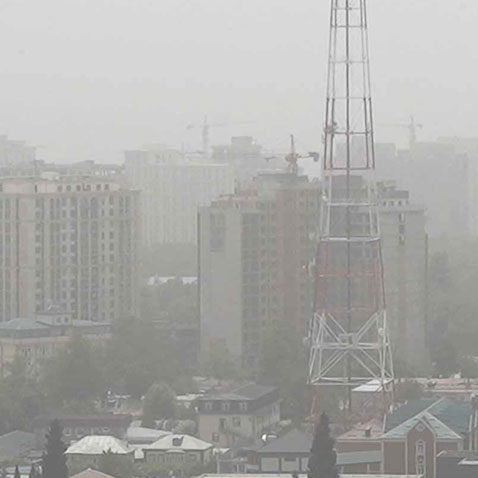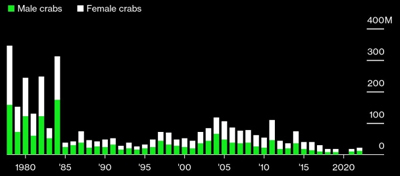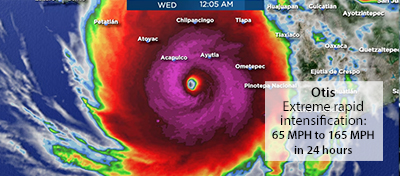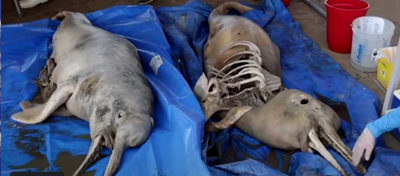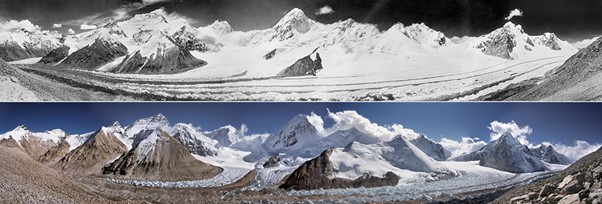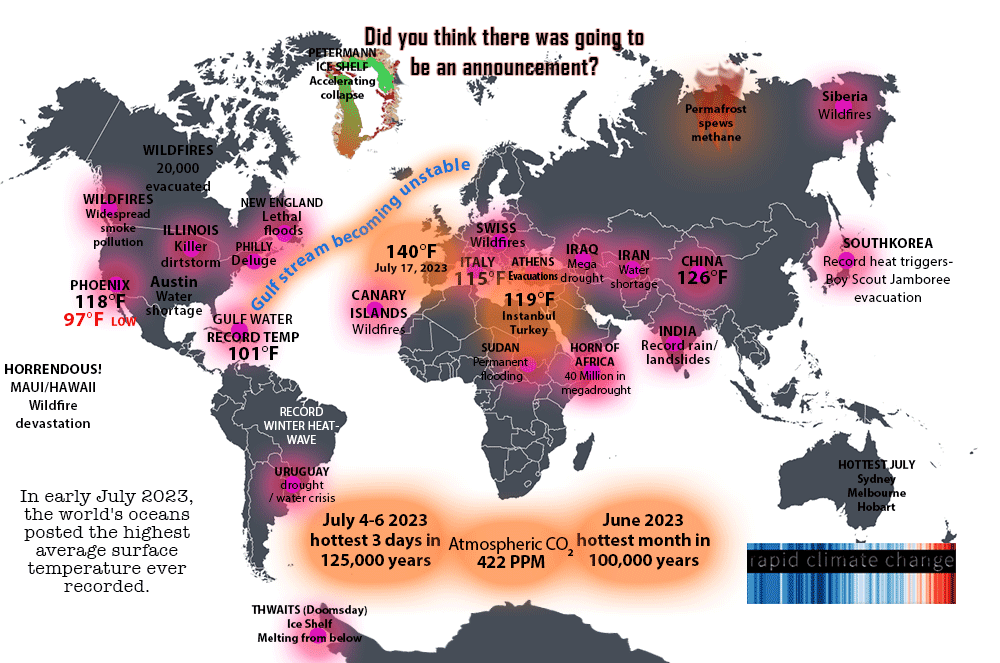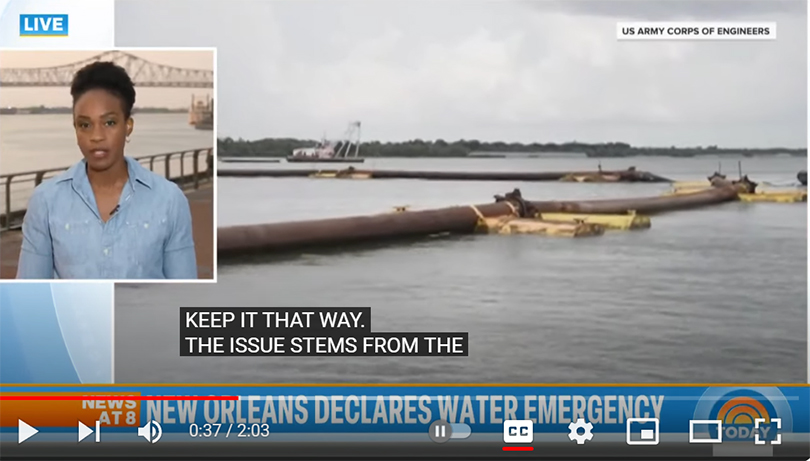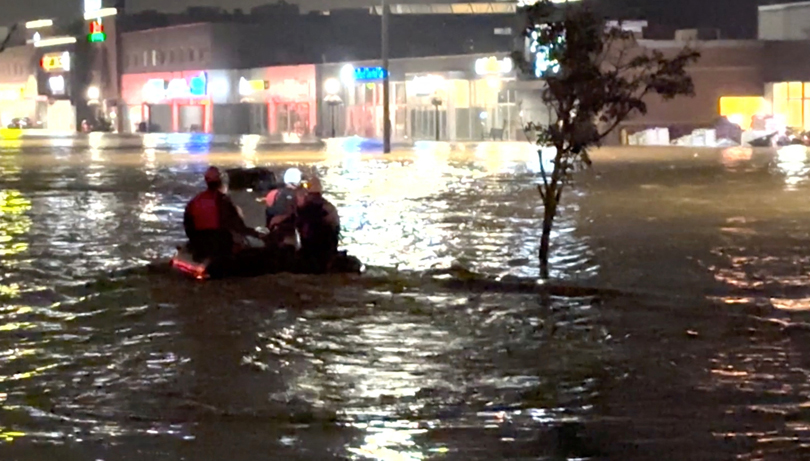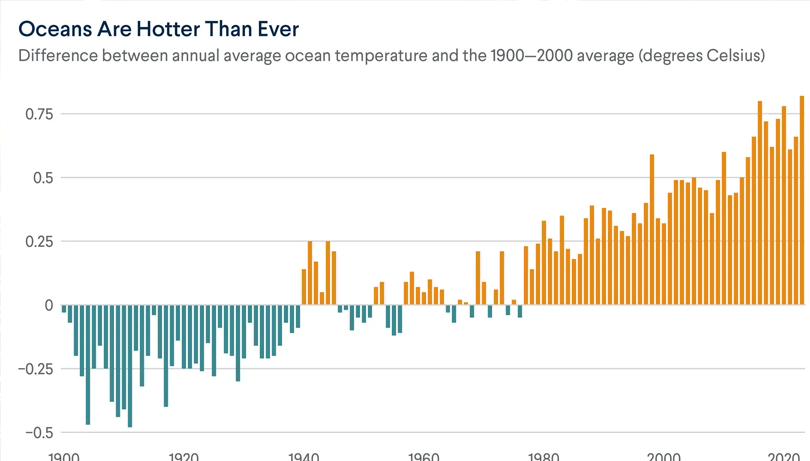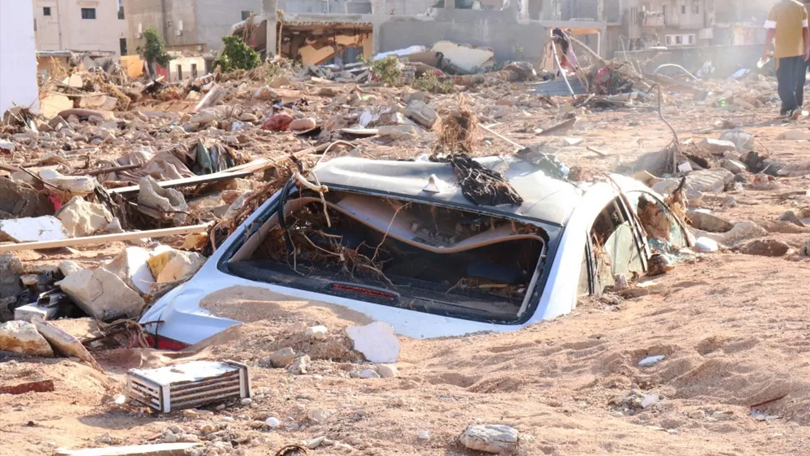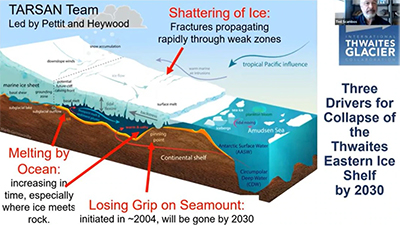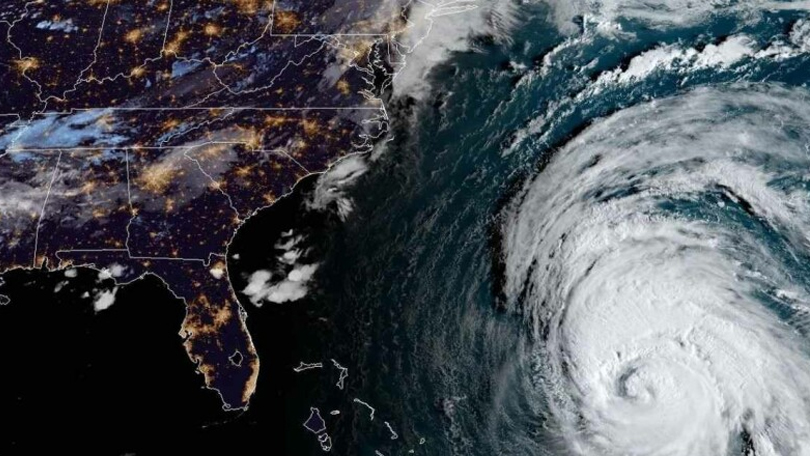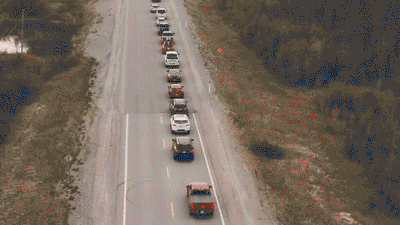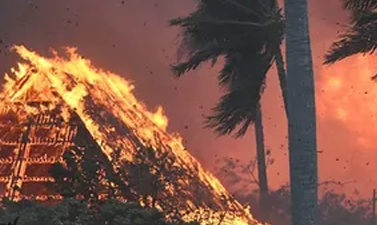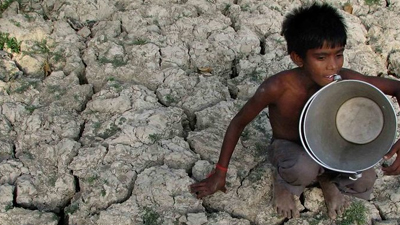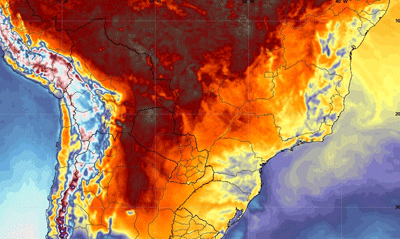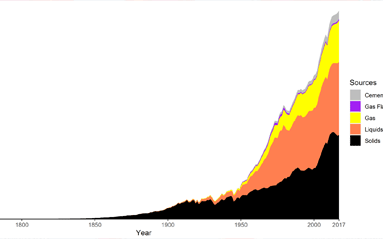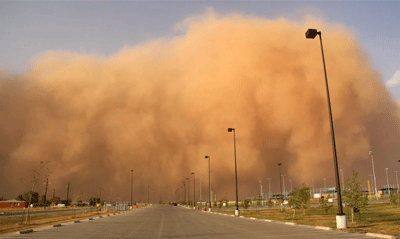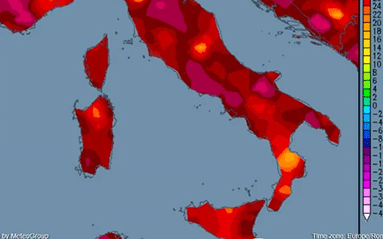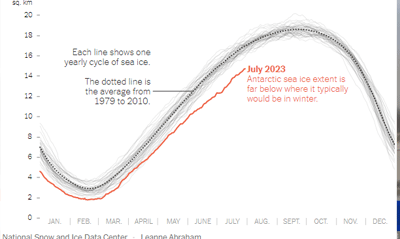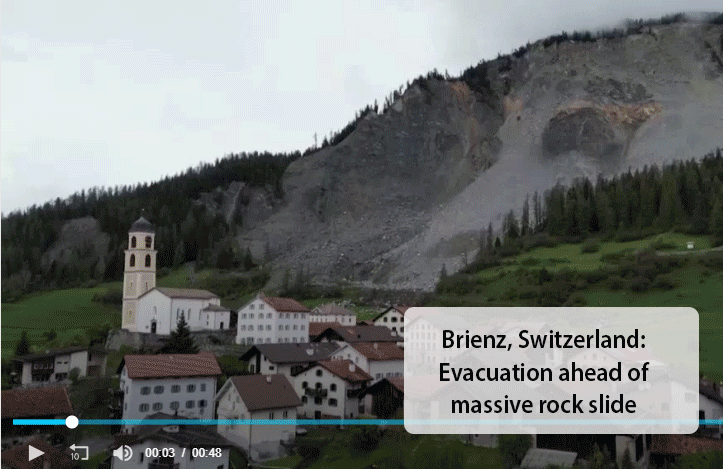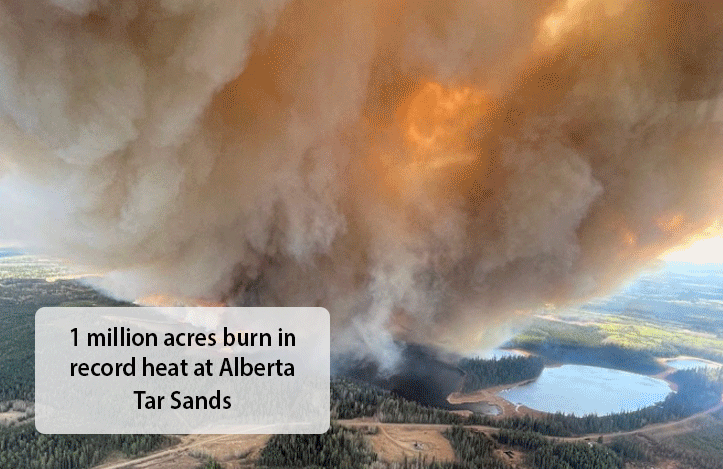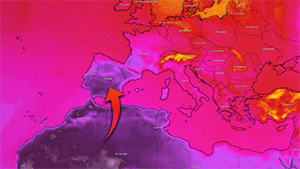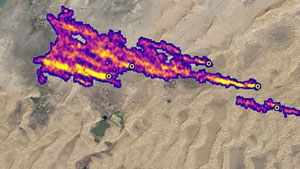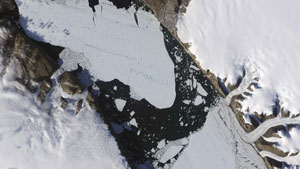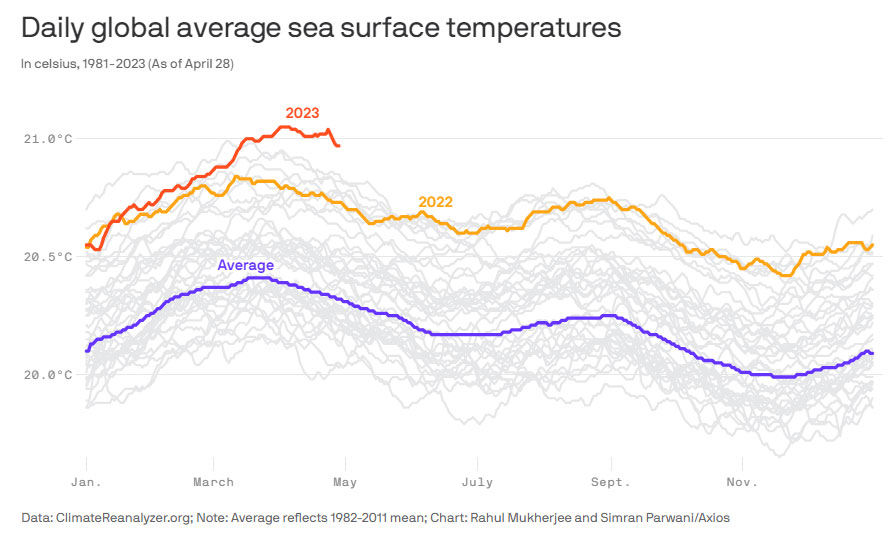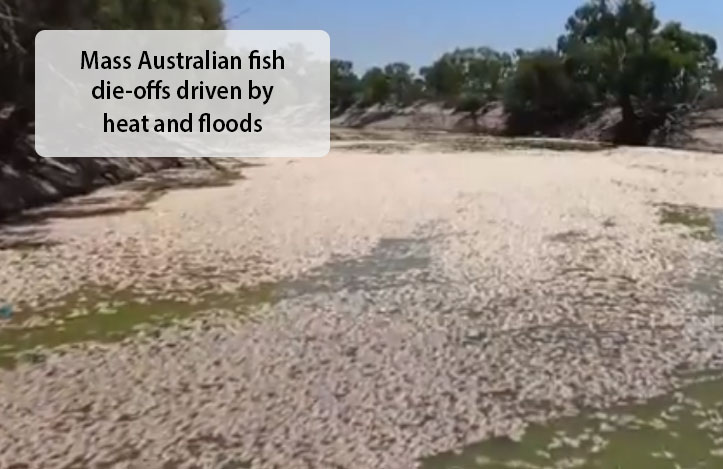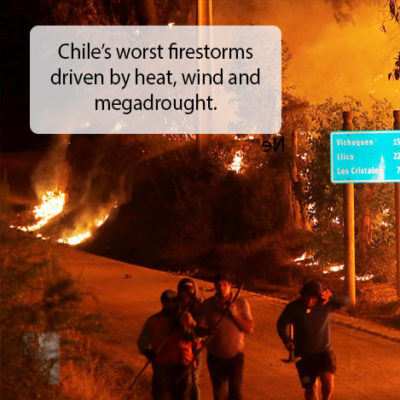The hurricane that devastated Acapulco last week is getting little attention as Gaza, Ukraine and “As The Donald Turns” divert the attention span of corporate media. Nevertheless, this particular climate disaster highlights the realities of the new normal in hurricane and cyclone behavior.
The aftermath of this Category 5 monster storm looks much like any of several other recent extreme weather episodes. The event left hundreds of thousands of Mexicans in the resort city of about 1 million in dire straits, with little hope of any kind of timely relief for the underclasses. About 250,000 homes were completely destroyed and the final death toll will be in the hundreds. The city was flooded, homes, hotels and businesses were destroyed, vehicles were tossed about and submerge (Don’t worry, the tourist center will be restored ASAP).
Driven by preternaturally warm waters, the 165 MPH winds speeds were second only to the record smashing 200 MPH gales of Hurricane Patricia, which struck further north in western Mexico in 2015. Patricia was the first storm to really grab the attention of climate scientists as it went from about 100 MPH to 200 MPH in a day. Patricia received little coverage because it hit a sparsely populated area, so there were no good photos.
HOW EXPLOSIVE INTENSIFICATION WORKS
(Not your grandfather’s hurricane)
Although this phenomenon began to alarm climate scientists several years ago, Otis took authorities by surprise as it blew up from a tropical storm to a Cat 5 monster in 24 hours. In the nine hours before landfall, Otis’s sustained winds went from 90 to 165 MPH. This dynamic is known as rapid intensification and it is increasingly common. It is technically defined as escalation in wind speed of 35 MPH in 24 hours; Otis increased roughly three times that fast, ambushing authorities and hindering evacuation.
If you think of hot water as HURRICANE FUEL, it’s easy to understand how globally warming waters are driving the new breed of hurricanes. Warmer water means more energy is available to the storm system. This is true of extreme weather on land as well, as “thunderstorms” cause more and more wind damage and flooding.
The less obvious factor driving intensification is the DEPTH of the warm water in the upper layers of the oceans. “Legacy” hurricanes were self-moderating in the good old days, because the storm would churn the upper layers as it moved over them, bringing up cooler waters below and causing a cooling near the surface. This process lowers the overall energy of the storm. With warmer waters extending deeper in many areas of the ocean, this scenario is no longer in effect, and hurricanes explode in power rather than diminish.
Earlier this year, Atlantic Hurricane Lee blew the doors off with a display of rapid intensification that saw its increase wind speed by 85 MPH in 24 hours as it moved through record warm waters. Luckily Lee moved north into cooler waters before it made landfall. In 2008, the incredibly destructive, 1,000 mile wide Hurricane Ike displayed similar behavior before it hit the Texas coast, killing hundreds and causing billions in damage.
